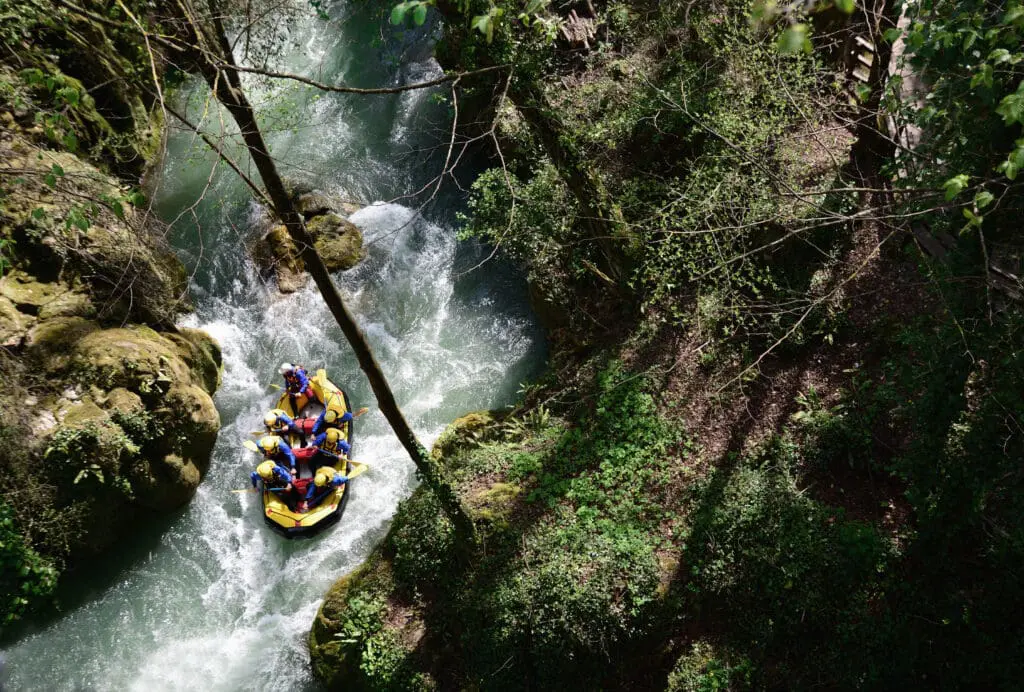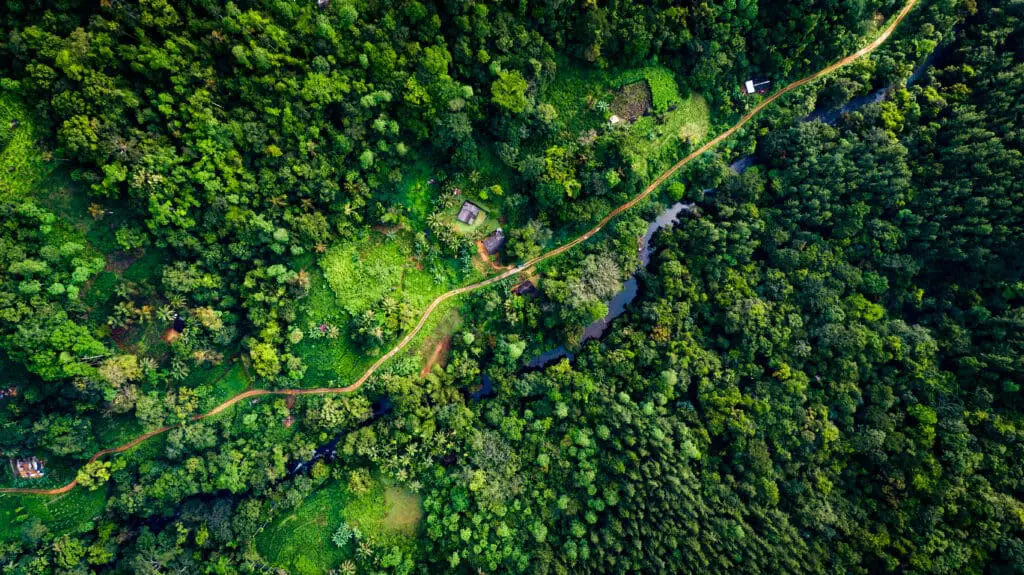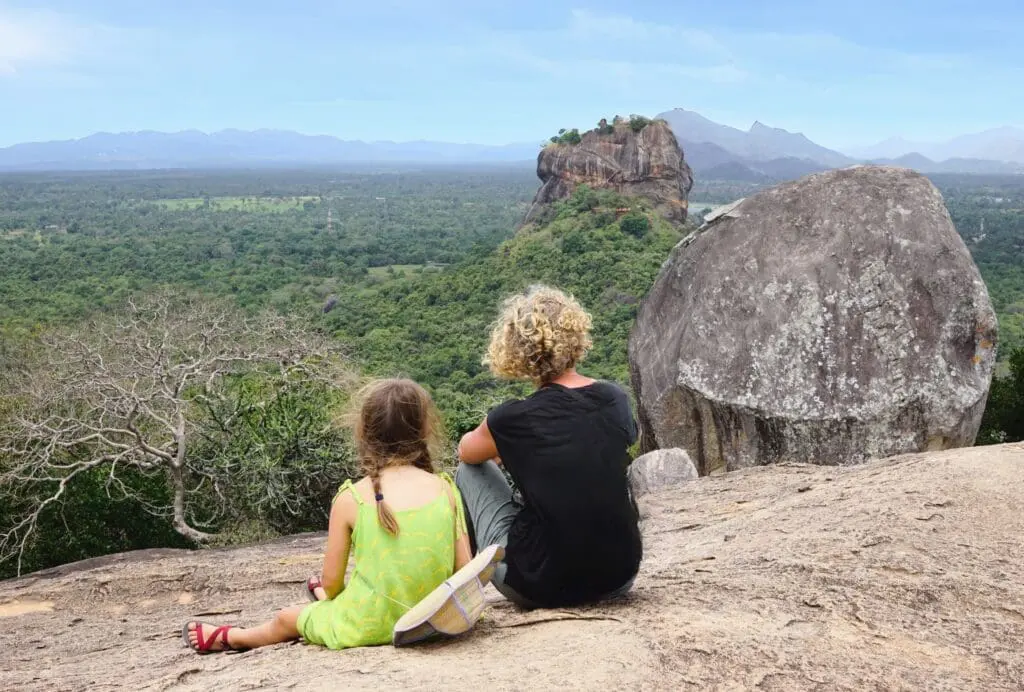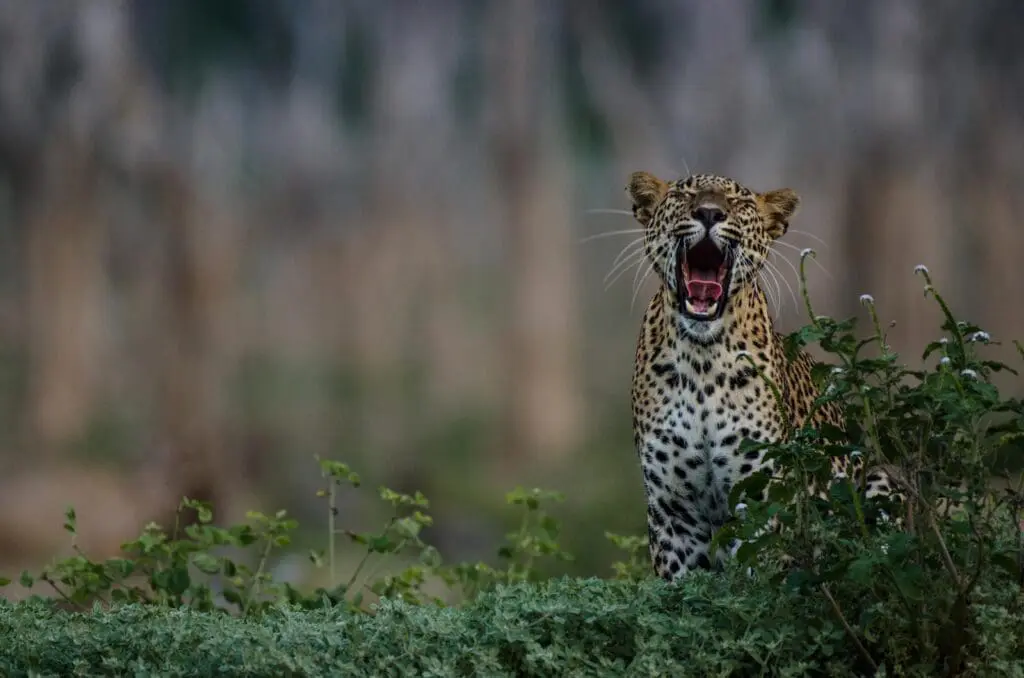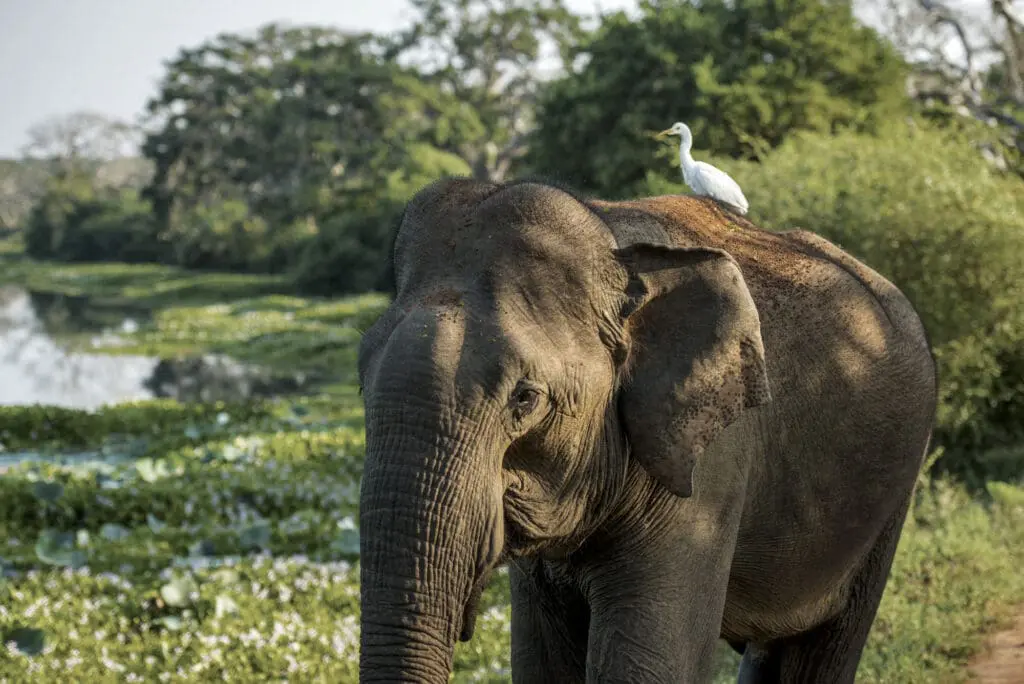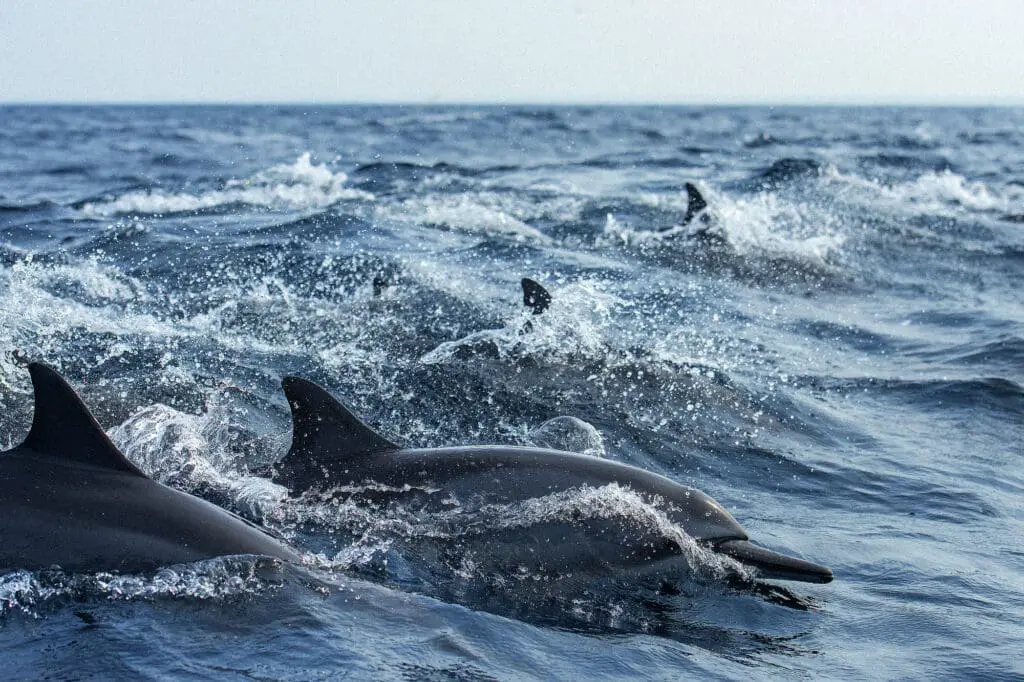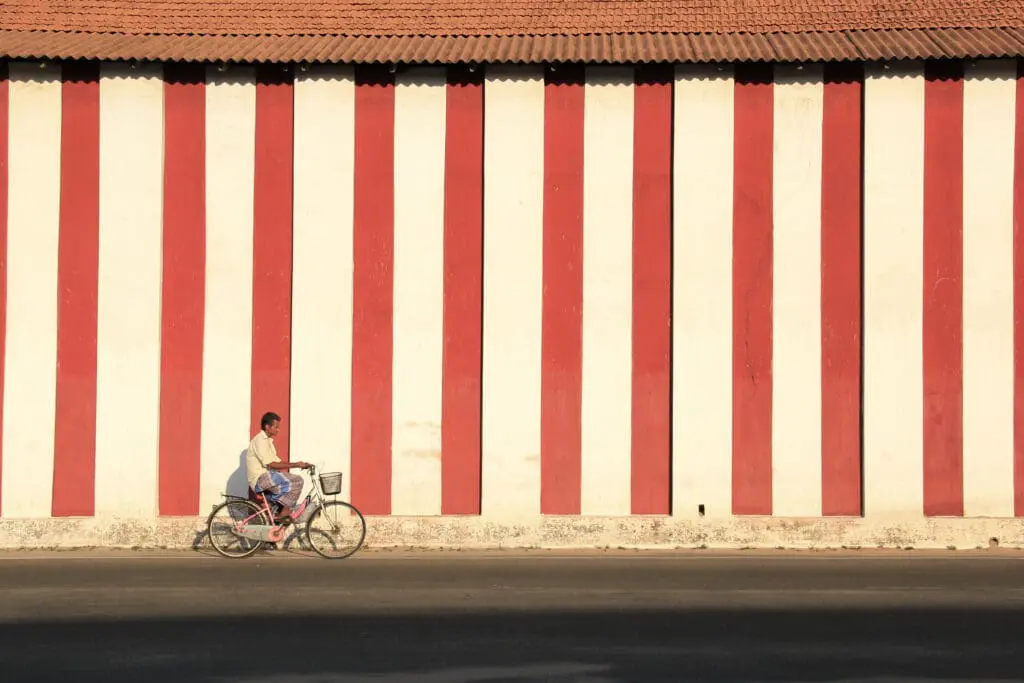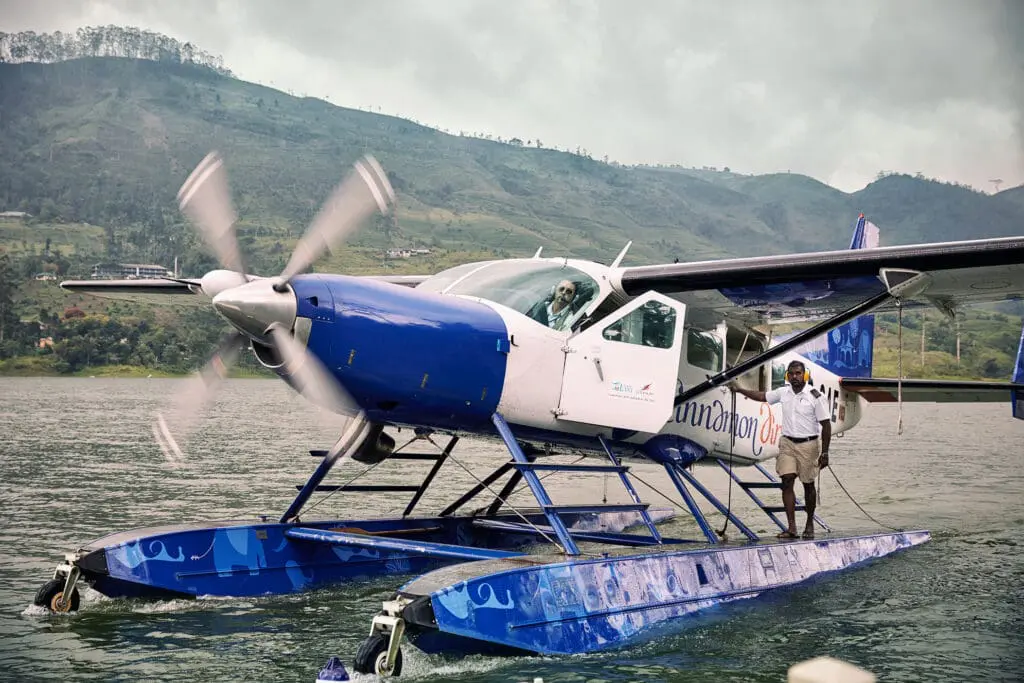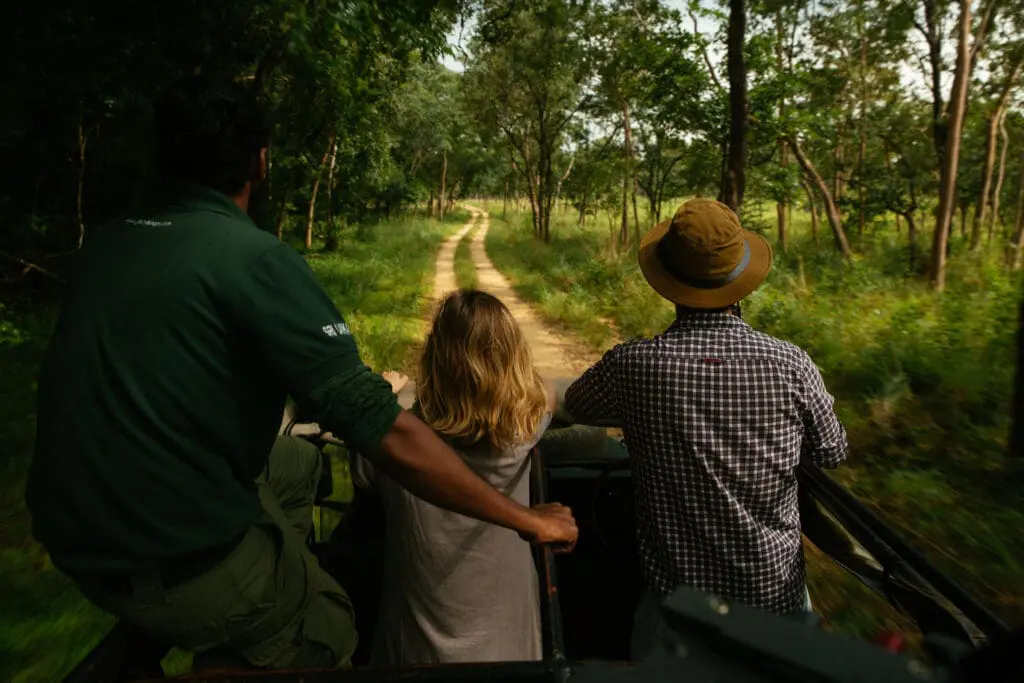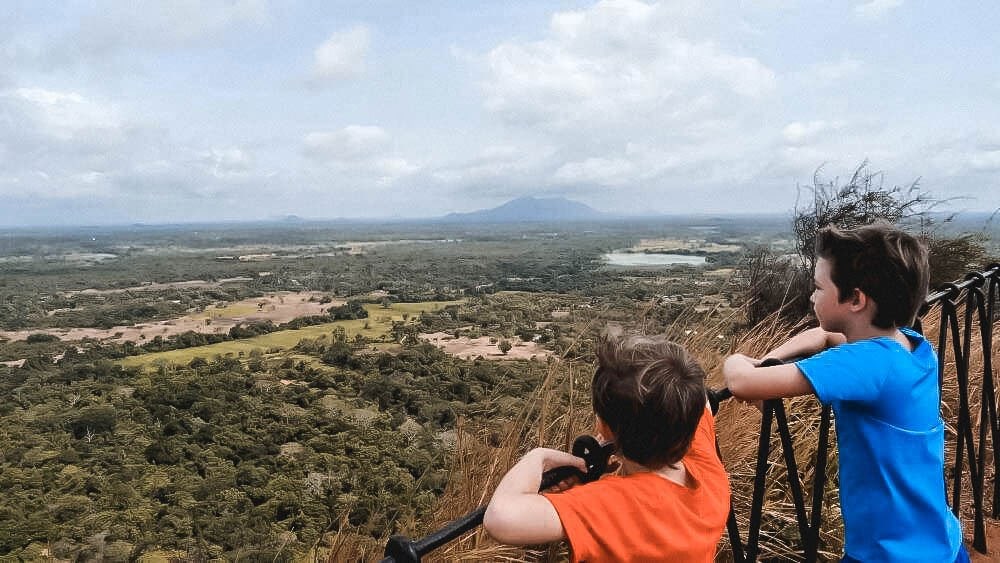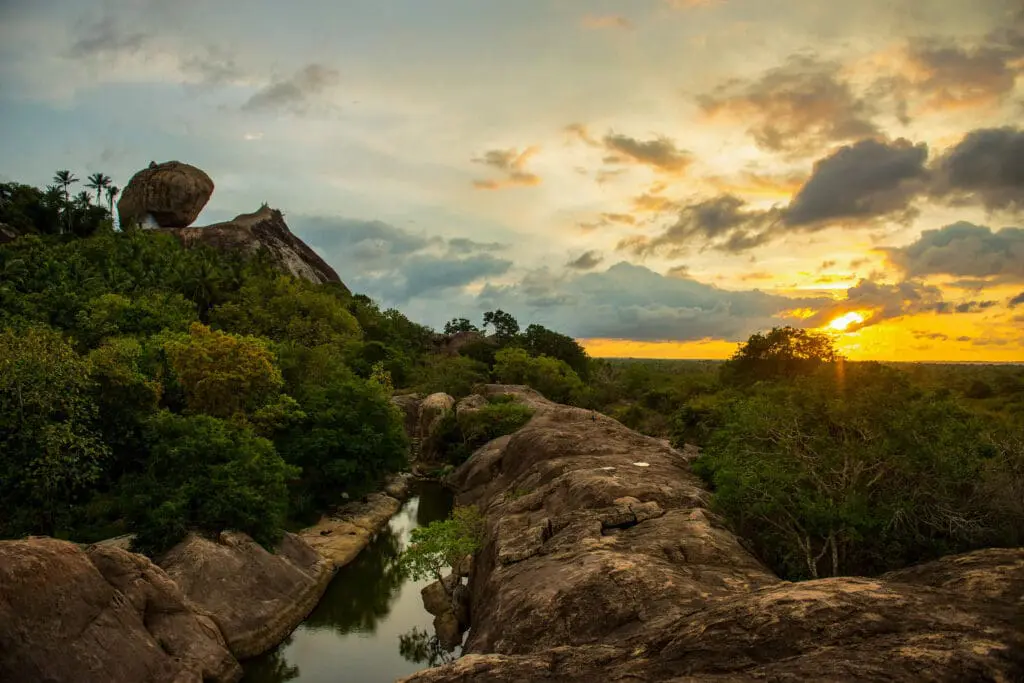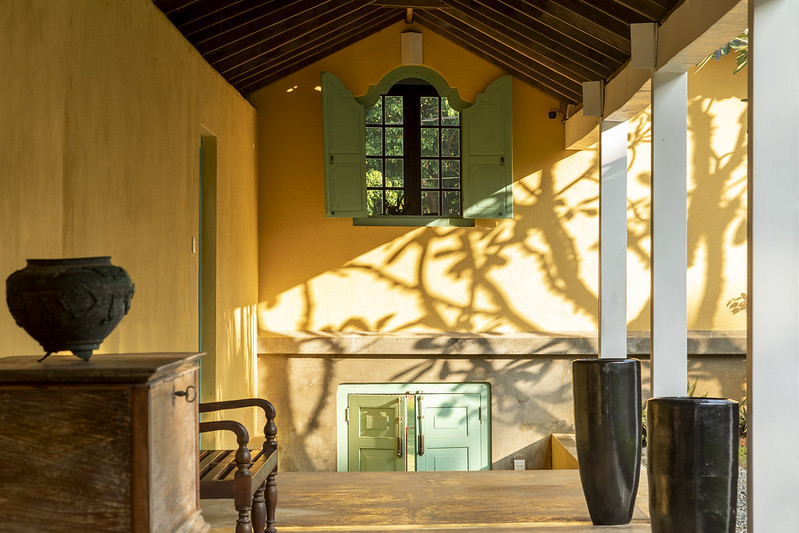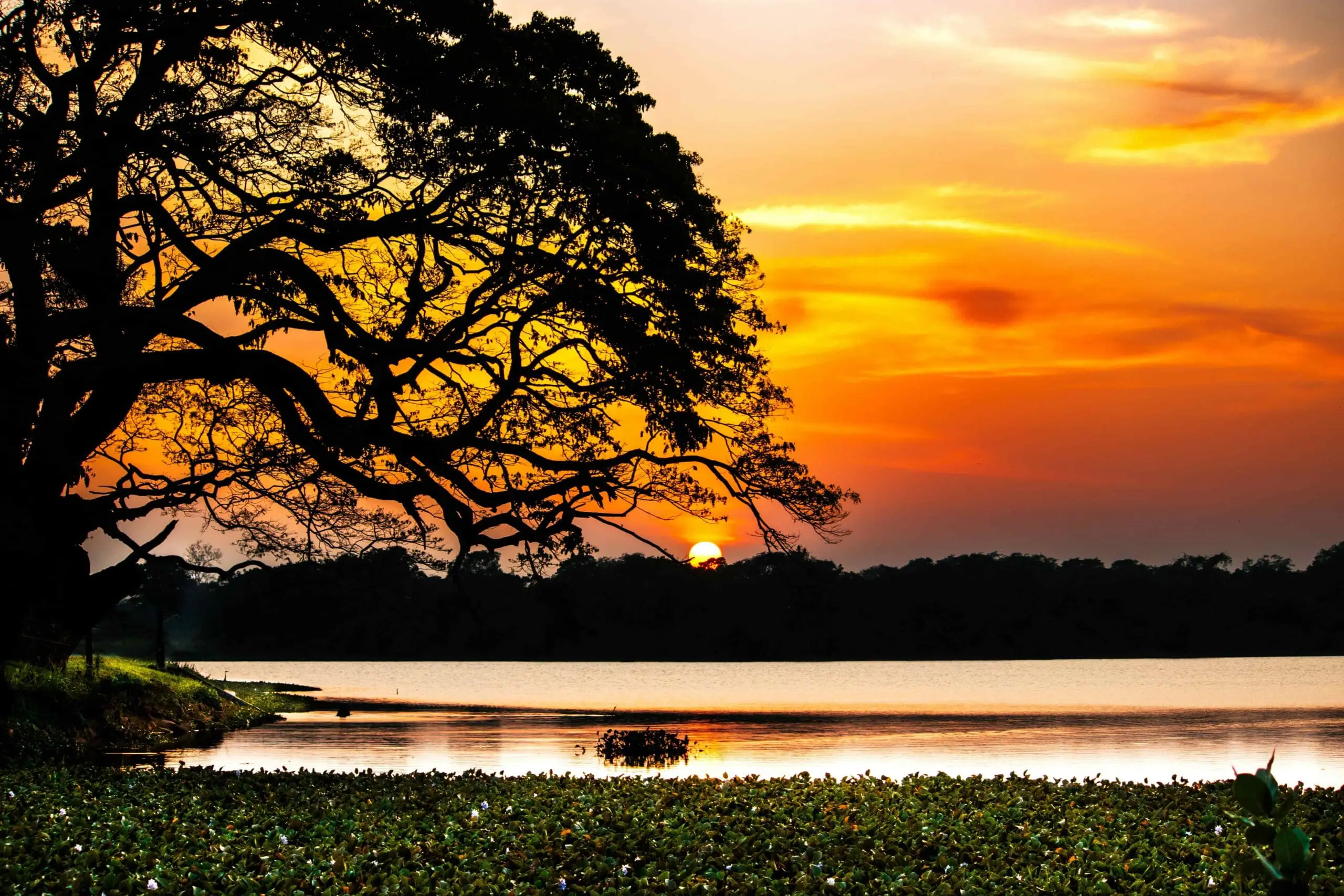


Wilpattu National Park, spanning 1,085 square kilometres, is the largest and one of the oldest parks in Sri Lanka.
Its terrain is a mosaic of dense jungle scrub and seasonal tanks, which swell and shrink throughout the year. These shifting landscapes provide the perfect setting for an array of wildlife, including elephants, leopards, sloth bears, spotted deer, wild pigs and crocodiles. The park’s unique habitat structure—clearings punctuating thick forest—offers a rewarding and often peaceful safari experience for nature enthusiasts.
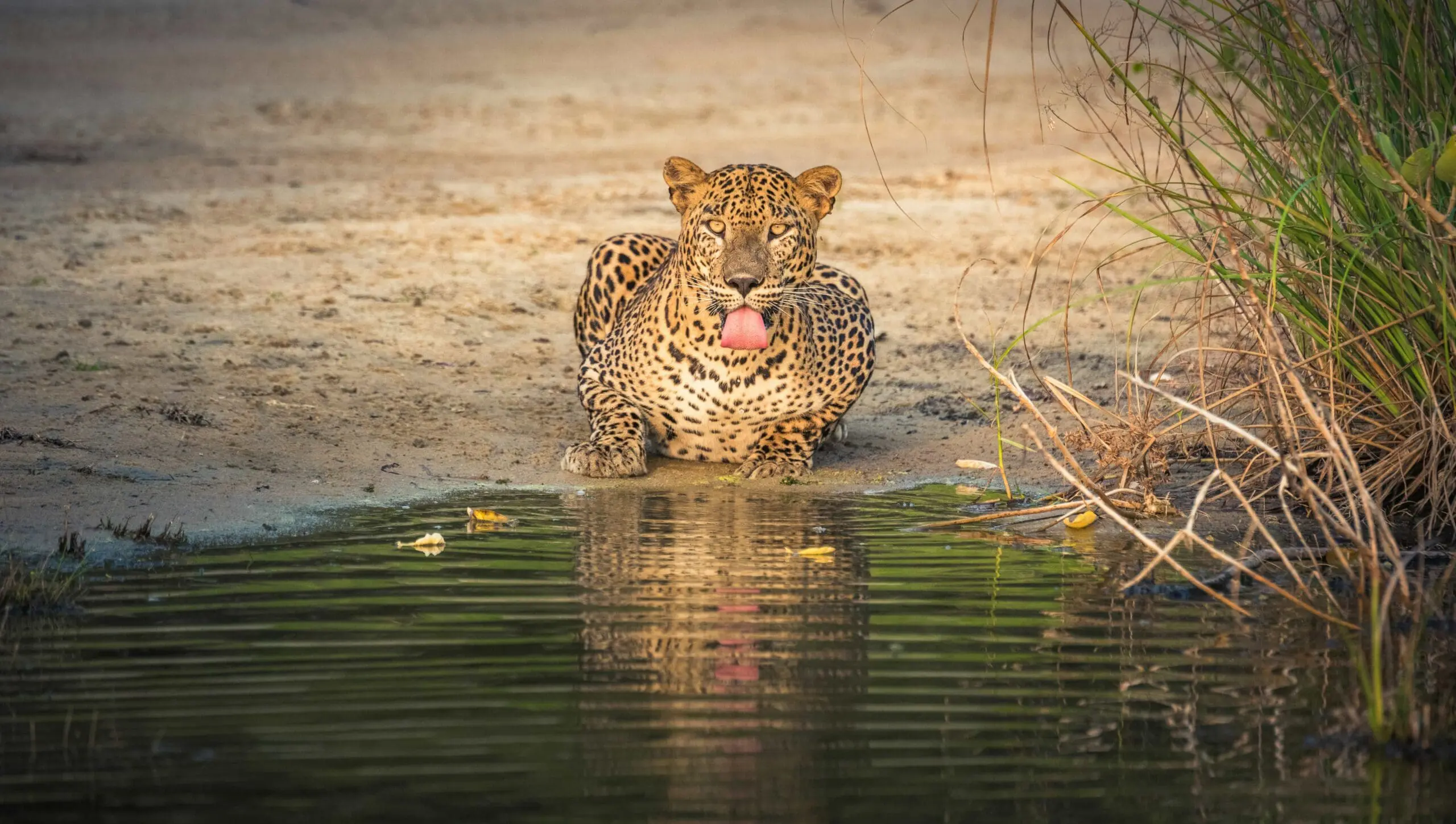


Conveniently situated around 30 kilometres from both Anuradhapura and Puttalam, Wilpattu is an easy addition to itineraries exploring the Cultural Triangle. Morning and afternoon safaris offer great opportunities to observe Sri Lanka’s iconic wildlife in a less-touristed setting. Its location and atmosphere make it an ideal destination for those looking to pair cultural exploration with quiet immersion in the natural world.



ETG Sample Itineraries in Wilpattu National Park
Wilpattu National Park on the map
As Seen On…
Featured, Reviewed & Recommended
Don’t just take our word for it, Experience Travel Group have been featured and recognised by the industry’s top travel and news publications for well over 20 years.
